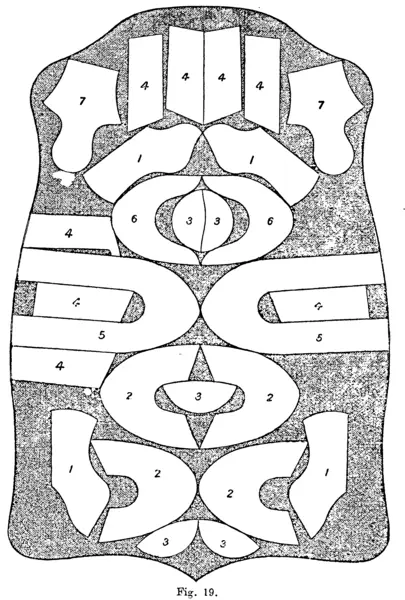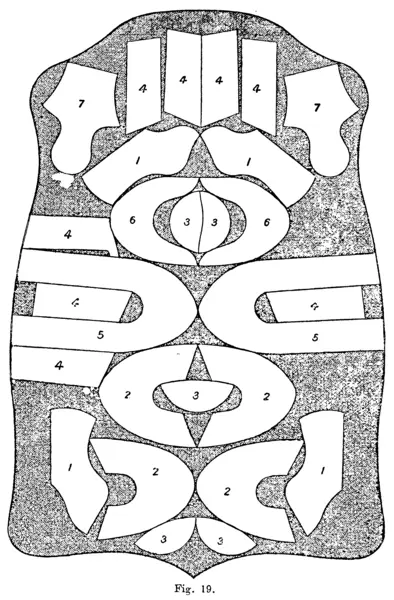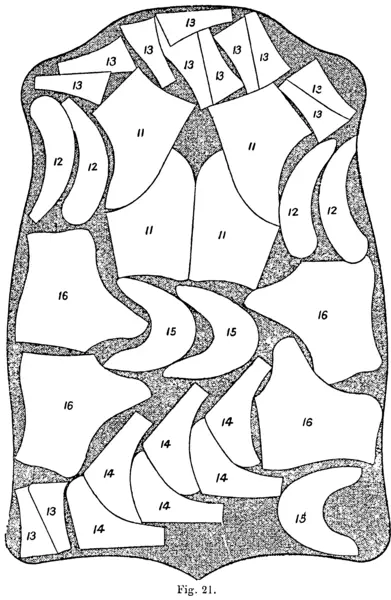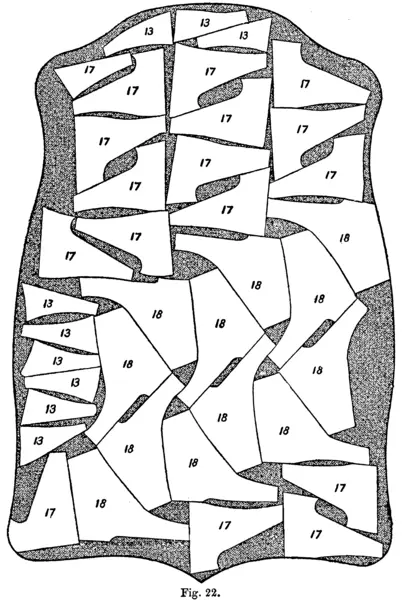book by John Bedford Leno
The Art of Boot and Shoemaking: A Practical Handbook
published by Crosby Lockwood and Son, London
1. Historical
2. The Anatomy of the Foot
3. The Foot: Its Ailments, and Their Remedies
4. Measurement
5. Lasts
6. Fitting Up the Last
7. Choice and Purchase of Materials
8. Cutting Out




9. Fitting and Closing
10. Boot and Shoemaking: Men’s Work
11. Boot and Shoemaking: Women’s Work
12. Leggings and Gaiters
13. Mending
14. Furring
15. Bows, Rosettes, &c.
16. Boot and Shoe Armour: Tips, Plates, Nails, &c.
17. Kit-Cutting
18. Sharpening Knives, Awls, &c.
19. Special Operations
20. Boot and Shoe Machines
21. Leather Cutting, Splitting, and Rolling Machines
22. Machines Employed for Preparatory Processes—Upper Splitting, Skiving, &c.
23. Upper Closing and Sole Attaching Machines
24. Machines for Building, Moulding, Attaching, Breasting, and Finishing Heels
25. Machines Used for Levelling Seams of Uppers, Edge Setting, Levelling and Buffing Bottoms, &c.
26. Useful Receipts for Shoemakers, &c.
Shoemakers’ Wax
when made for handwork, is composed generally of equal quantities of pitch and resin, with 10 per cent. of tallow; after boiling (if good wax), it is pulled until the wax assumes the colour of pale resin. The pulling takes out, or more properly bleaches, the ingredient pitch, and thereby takes out the colouring all pitch contains.
Wax that will work up the pure bronze colour so much liked by shoemakers may be made of 4 lbs. resin, 1 lb. pitch, 4 ounces beeswax, 3 ounces tallow—the tallow to be refined, otherwise 3 ounces best sperm oil. The beeswax seems to destroy the colouring matter of the pitch, when in that proportion.
A good resin wax is superior to any other composition for wear, because it decomposes on exposure and wears into a stony substance in appearance, and looks not unlike pegs of amber when put under the microscope.
Wax can also be made of the following simple ingredients. Flake white, ground fine, virgin wax and resin. Melt the resin and virgin wax together, and then put in the flake white. Stir it, and let it cool. The proportions should be equal, or nearly so. If wanted hard, let the resin slightly preponderate; if soft, the wax.